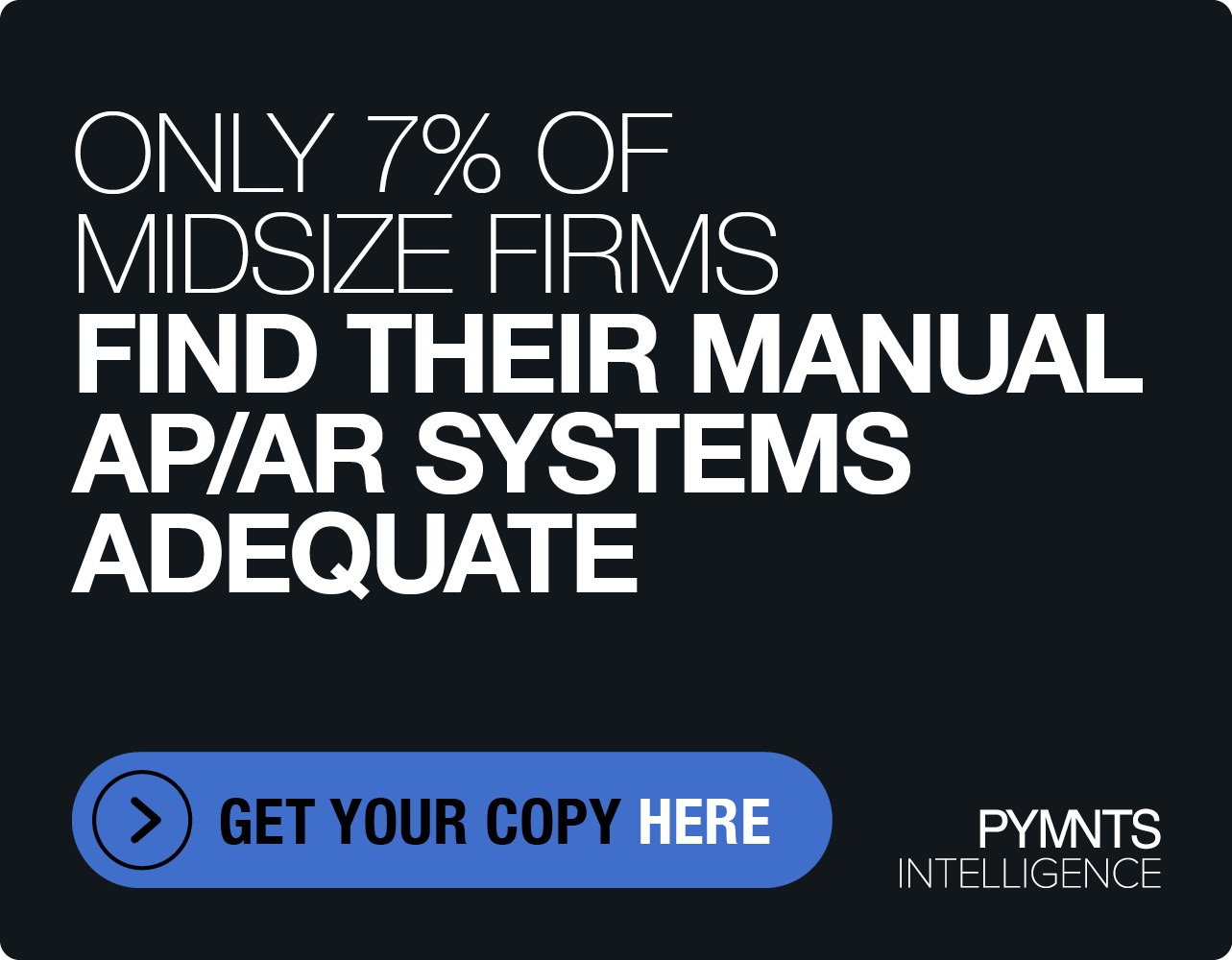EMVCo Updates Mobile Payment Device Approval Process

EMVCo announced a new streamlined approach to approving contactless mobile payment-enabled devices that operate with EMV Level 1 approved payment acceptance terminals.
“EMVCo recognizes that the use of mobile devices to make contactless payments is growing in popularity. It is important that the payments industry supports manufacturers’ product development cycles, while ensuring that the correct testing is undertaken to confirm that a product will be interoperable with the established payment infrastructure,” Jonathan Main, EMVCo Board of Managers chair, said in a press release.
“The centralized testing framework from EMVCo will significantly streamline the existing process to optimize product time to market,” he continued.
According to the press release, the updated testing and approval includes:
- Digital and analog testing for the electrical, mechanical and communication protocol characteristics of the mobile device as defined within the EMV Contactless Communication Protocol Specification — Book D, version 2.5.
- Interoperability testing to validate the successful interaction between the mobile payment device and a range of EMVCo approved payment acceptance terminals.
- Performance testing of the mobile payment device to ensure optimal transaction times. This test is currently available for universal integrated circuit cards (UICCs) only, with embedded secure element (SE) and host card emulation (HCE) testing to follow in due course.
The streamlined process for EMV Contactless Mobile Payment Type Approval will cover SE and HCE technologies.
Earlier this year, the global technical body, which facilitates the worldwide interoperability and acceptance of secure payment transactions, upgraded its EMV Payment Tokenization specs with the addition of a “Payment Account Reference” (PAR).
As described in the release, PAR — for use by merchants, acquirers and payment processors — can enhance security by limiting references to a cardholder’s primary account number (PAN) in the payment ecosystem.
